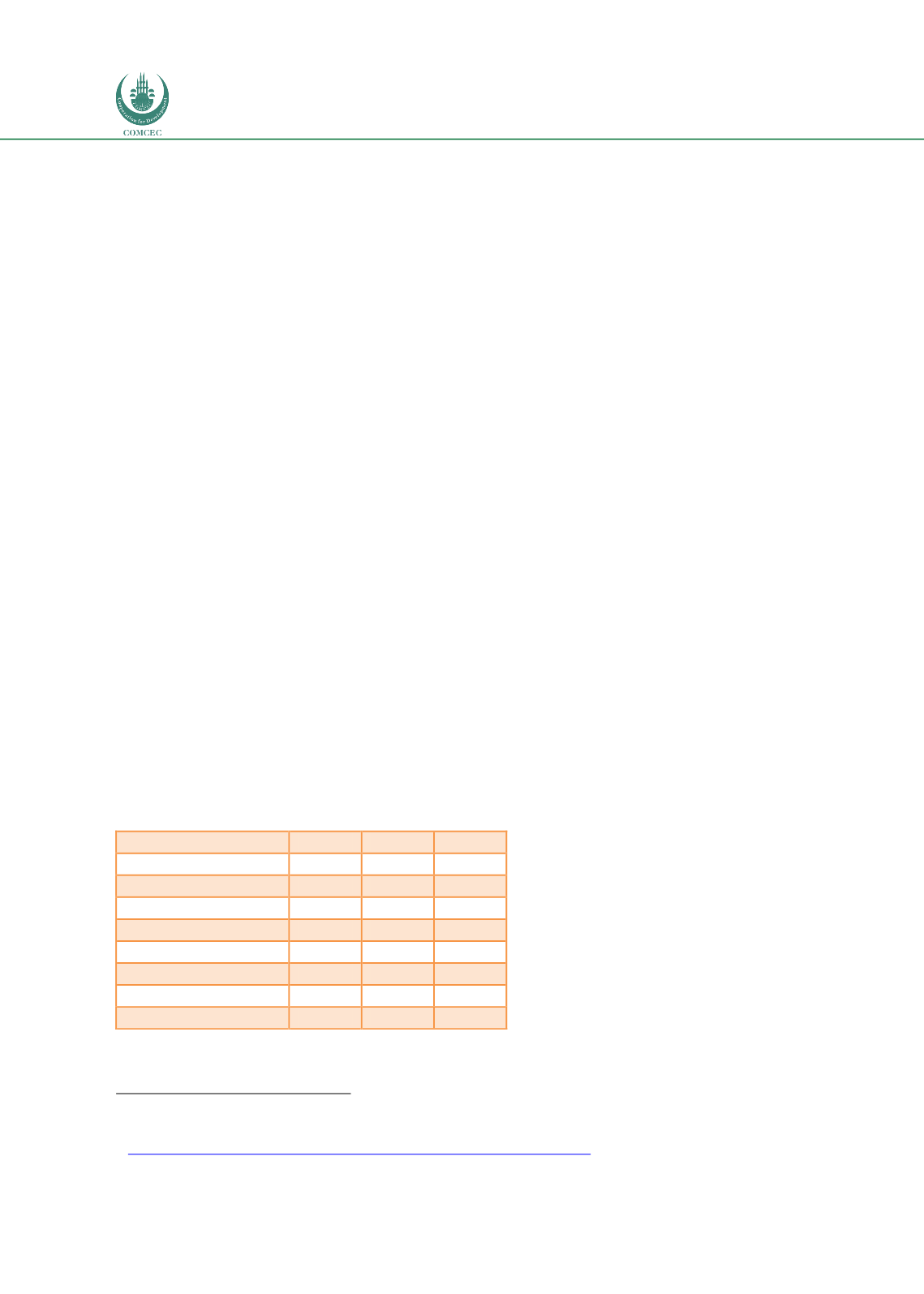

Improving Transnational Transport Corridors
In the OIC Member Countries: Concepts and Cases
88
Many of the TRACECA member states are on the bottom part of Transparency International’s
Corruption Perceptions Index (CPI)
34
. This is obviously troublesome for an organization like
TRACECA building on infrastructure investments that are prone to corruption. This implies
that all spending might not come to use jeopardizing the success of TRACECA and making IFIs
cautious. According to Ismayil (2017) the problems are worse in the eastern part, an
observation that coincides with the countries’ CPI rankings. In Romania and Bulgaria, for
instance, officials do not dare to take bribes since there are signs where to call if you have been
encouraged to bribe and there are strict actions due to EU rules. In the east there seem to be
more of a liberal attitude towards corruption and officials are not so afraid of getting caught.
4.3.7.
Technical and Operational Factors
Trade in value is reported above, but another measure of the economic value of a transport
corridor is the amount of freight forwarded. According to Ismayil (2017), TRACECA had an
annual flow along the corridor of some 200 ktons at the start, it is now in the range of 70
mtons, some years ago even 80 mtons. Now are mostly dry bulk and oil products transported,
but also some general cargo.
In the case of Georgia at the heart of the selected routes, the 11,8 mtons transported along
TRACECA in 2016 were divided between 2,8 mtons domestically, 1,1 mtons export, 2,6 mtons
import and 6,2 mtons transit (Ismayil, 2017). Crude oil and oil products dominate with 5,5
mtons, while the other reported commodities sugar, grain, iron and manganese ores, non-
ferrous ores and chemicals and fertilizers are surprisingly equal each accounting for 430-500
ktons. The high amount of transit traffic reflects the importance of TRACECA for landlocked
countries’ access to deep sea ports in the Black Sea.
The other country in the middle of the studied routes, Azerbaijan, has very strong focus on the
oil trade. This is obvious from the figures in
Table 18showing the dominance of pipeline
export of crude oil.
Table 18: Border crossing trade of Azerbaijan in 2016 (ktons)
Import Export
Total
Maritime
704
395
1,099
Rail
4,936
2,456
7,392
Road
1,775
644
2,419
Aviation
18
52
70
Post
0
With motor
53
5
58
Non-motor (pipeline)
163
25719
25,882
7,649
2,9271
36,920
Source: TRACECA
3
4 https://www.transparency.org/news/feature/corruption_perceptions_index_2016















